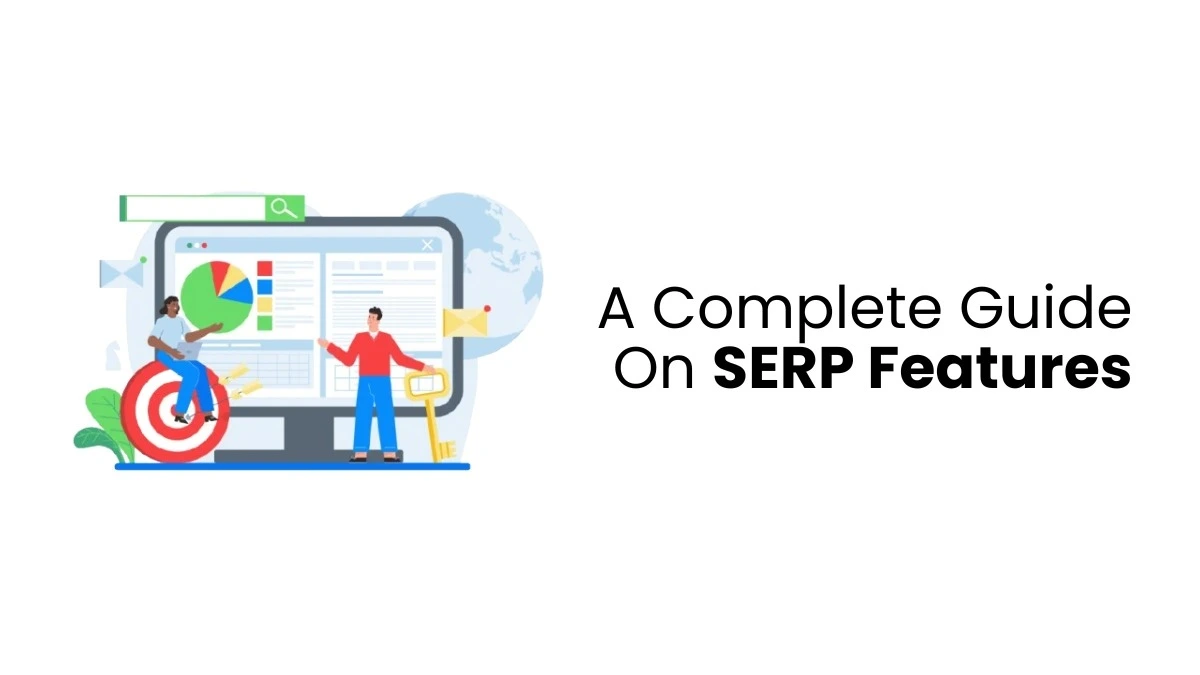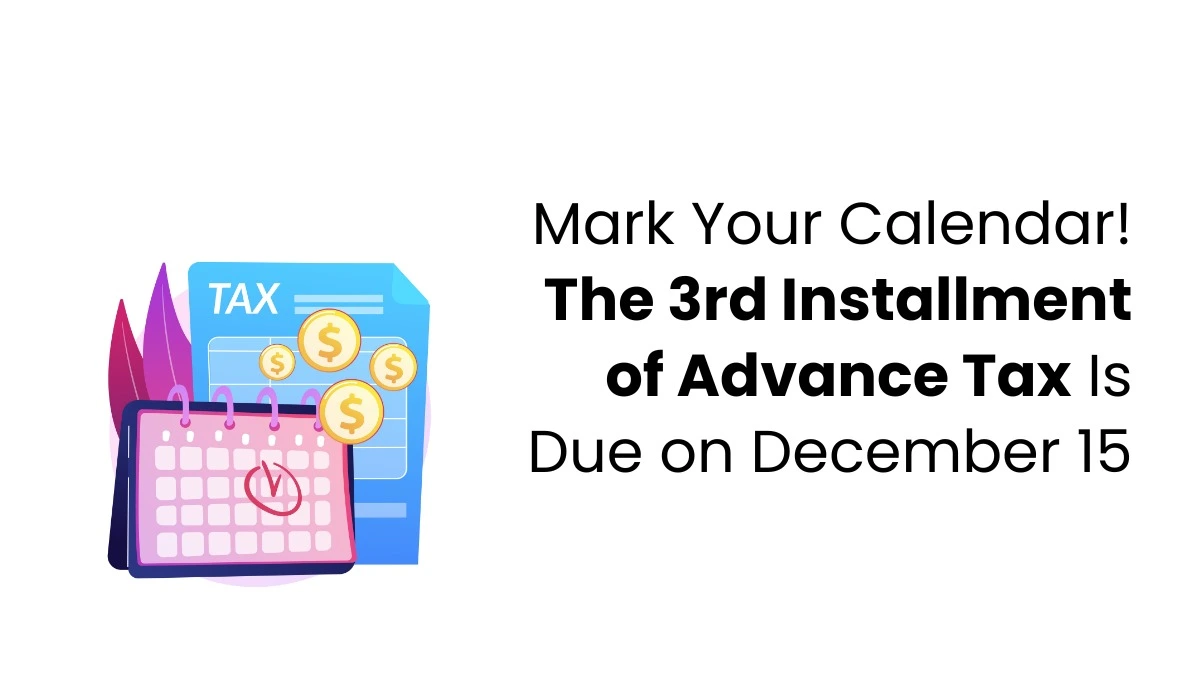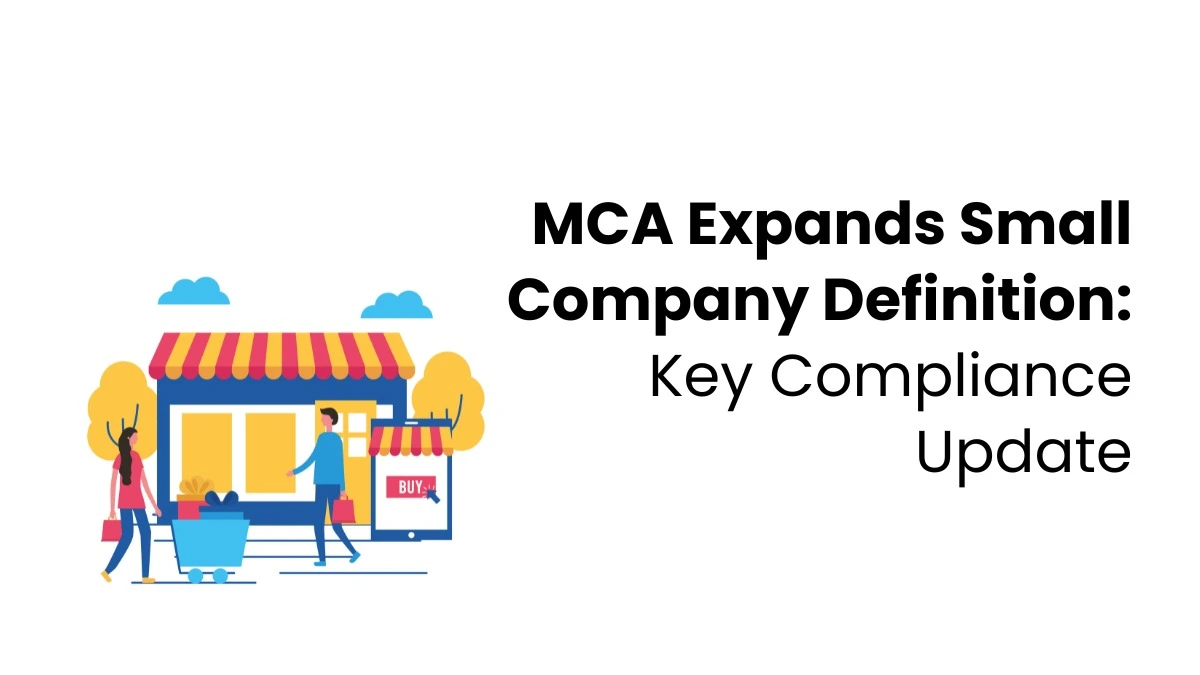In today’s fast-paced digital world, companies are striving to be more relatable when capturing people’s interest in their products. Forget being pushy! Now, it’s all about being genuine by creating high-quality content and having a strategic plan in place. Two significant ways to tackle that are inbound and outbound marketing. Let’s check them out to see how they work, what’s good about them, and how they may help a business grow, even when there are many rivals.
Inbound vs Outbound Marketing
Businesses attempt various methods to capture people’s interest in their products. Two common ways are inbound marketing and outbound marketing.
Inbound marketing? Want more people to check out your business? Just create engaging content that people enjoy, such as blog posts or tips that help them rank higher on Google. That way, when they look for information, you’re right there.
Now, outbound marketing is the opposite. Outbound marketing involves engaging potential clients through various channels, including advertisements, cold calls, television, and print. Inbound marketing is engaging potential clients by building relationships and providing value. Inbound seems more natural and genuine, while outbound can at times feel too forward and intrusive.
To summarise, inbound marketing attracts clients by engaging them with helpful content. Outbound is about going out and grabbing the client’s attention, usually through advertisements, even if those clients were not even looking for you. One is to attract clients, while the other is to spread messages quickly.
Comparison Table
| Aspect | Inbound Marketing | Outbound Marketing |
| Core Strategy | Focuses on naturally attracting prospects through helpful and relevant content | Delivers marketing messages directly to a broad audience, often unsolicited |
| Control | The user initiates interaction (e.g., reads a blog or watches a video) | The brand initiates contact (e.g., via ads or cold outreach) |
| Audience Focus | Targets users already searching for or interested in related topics | Reaches out to a general audience, whether or not they show prior interest |
| Interaction Style | Builds conversations and relationships over time | Primarily one-sided communication with minimal feedback |
| Channels Used | Blogs, SEO, social media, webinars, eBooks, email nurturing | TV/radio ads, cold calls, print media, trade fairs, banner ads |
| Lead Quality | Usually attracts well-qualified, informed leads | May generate unqualified or less interested leads |
| Speed of Results | Slower to start but provides lasting impact | Can produce quick results but may decline when efforts stop |
| Cost Efficiency | Lower long-term costs; content continues to bring results | Higher recurring costs due to repeated ad spend and outreach |
| Brand Impact | Builds trust, authority, and credibility | May be perceived as interruptive or impersonal |
| Suitability | Ideal for businesses focused on long-term growth and brand awareness | Useful for short-term promotions or time-sensitive campaigns |
Let’s explore More detail about Inbound and Outbound Marketing
Understanding Inbound Marketing
Inbound marketing is all about getting people interested in your business by creating content that draws them in, rather than you chasing after them. These days, most people start their buying process by conducting some online research. Believe it or not, over 60% of them look for answers themselves before even thinking about chatting with a company.
So, instead of throwing ads in their face, inbound marketing is about sharing content that’s useful (think blog posts or videos) that answers their questions. This helps people trust your brand and see you as a problem-solver.
Top Content Types for Inbound Marketing
To effectively capture interest, inbound marketing utilises a range of content types tailored to the customer’s stage in the buying process. These include:
- Informative blog articles that answer common questions
- Engaging videos that demonstrate how your solution works
- Downloadable resources like guidebooks or templates
- Social media posts that encourage interaction and sharing
Each piece of content should showcase what sets your brand apart—whether it’s better features, pricing advantages, customer success stories, or industry recognition. This is especially important when positioning yourself as the best digital marketing training institute in Bangalore, where standing out from the competition is key to attracting the right learners. Finprov does this effectively by combining expert-led training with real-world strategies that today’s learners need.
Example of Inbound Marketing
Imagine there is a fitness trainer in Calicut. He starts a YouTube channel called Fit from Home Kerala. Instead of just pushing his training, he posts quick workout videos that you can do at home, shares tasty Kerala recipes that are good for you, and offers tips on how to stay in shape.
It turns out that people searching for fitness content nearby stumble upon his videos, start following his channel, and end up signing up for his online classes.
That’s inbound marketing in action: help people out first, earn their trust, and then turn them into customers.

Understanding Outbound Marketing
Outbound marketing is all about getting your message out in front of people and communicating/showcasing your product, whether they like it or not. Inbound marketing is a situation where the customer comes to you; outbound means you meet them halfway. Whether it’s through ads, calls, or emails, this method is still widely used in promoting services like a Digital Marketing Course in Bangalore, where visibility and quick reach matter.
You’ve probably seen it in action:
- A TV ad that pops up in the middle of a show
- A sales call from a company you never contacted
- A flyer handed to you at a mall
These are all examples of outbound marketing.
How Outbound Marketing Works
Here’s how the process usually goes:
- Start the Conversation:
The company sends a message—like an ad, email, or phone call—to people who might not even know about them. - Promote Products:
The message talks about what the company sells or offers, trying to grab attention fast. - Get Quick Action:
The goal is for people to notice the offer right away and take action—maybe by visiting a website or calling back.
Common Outbound Methods
- Cold calls or cold emails
- Magazine and newspaper ads
- TV and radio commercials
- Banners and posters
- Trade shows and events
- Promotional newsletters
Examples Of Outbound Marketing
TV Commercial for a New Soft Drink
A beverage company is launching a new soft drink, so they made a 30-second TV ad showing people having fun with the drink at a beach party. They’re airing the ad during prime time, even though most people watching probably aren’t thinking about buying a soft drink right then.
Why It’s Outbound Marketing:
The company is pushing their message to a broad audience, hoping to grab attention and create brand awareness—even if the viewers didn’t ask for it.
Benefits of Inbound Marketing and Outbound Marketing
Let’s explore the benefits of both inbound and outbound marketing to help you decide what works best for your goals.
| Benefits of Inbound Marketing | Benefits of Outbound Marketing |
| Brings customers to you using helpful content | Sends your ads or messages to many people |
| Builds trust over time through blogs, videos, and other content. | Good for quick promotion or new product launch |
| Costs less in the long run once content is working | Reaches people even if they haven’t heard of you |
| Helps you connect better with the right customers | Gets faster attention from a large audience |
| Content keeps working again and again | People are used to seeing ads on TV, papers, etc. |
Limitations of Inbound Marketing and Outbound Marketing
Let’s explore the limitations of both inbound Marketing and outbound marketing to help you decide what works best for your goals.
| Limitations of Inbound Marketing | Limitations of Outbound Marketing |
| Takes time to see results | Can be expensive (TV, billboards, trade shows) |
| You have to keep creating new content | Many people ignore ads or block them |
| Needs skills like SEO and content planning | Hard to know precisely how well it’s working |
| Not ideal if you need fast results | May reach people who aren’t interested at all |
Inbound or Outbound – What Fits Best?
Each business is different, so what works for one might not work for another. Let’s examine where inbound and outbound marketing excel; that way, you can choose what suits you best.
| When to Use | Best Marketing Type |
| You want to grow slowly but steadily | Inbound Marketing |
| You need quick attention or fast leads | Outbound Marketing |
| You have a small budget | Inbound Marketing |
| You’re launching a new product | Outbound Marketing |
| You offer high-priced or B2B services | Use both Inbound & Outbound |
| You want long-term trust and loyalty | Inbound Marketing |
Conclusion
Inbound and outbound marketing both have their strengths. Inbound Marketing? Think of it as a magnet, drawing in people already interested in what you’re selling. Outbound Marketing? That refers to the audacious approach, which enables you to step into a much larger audience with your message. Both can work, but it relates back to aligning your plan with what you want to achieve, what you have available, and the preferences of your audience. Choose what is best suited, and make your marketing a mechanism to achieve your goals.
FAQs:
- How long does inbound marketing take?
You can expect some traffic for the first few months. To start generating leads and achieve strong results typically takes 6-12 months.
- Is outbound marketing still valuable?
Yes! Outbound marketing is particularly useful when you want to quickly get the word out about something new (like a new product or a big sale).
- Do I need a large team to do inbound marketing?
No. You can start as simply as writing a blog or making a video! You can grow at your own pace or seek assistance from outside your team.
- Isn’t outbound marketing annoying to people?
If you don’t do it correctly, then it may not work. However, a simple message, reaching the right people, can be beneficial.
- What kinds of content work best for inbound marketing?
Inbound marketing works best when combined with supporting blog posts, how-to videos, tips, and targeted emails that address people’s needs.










